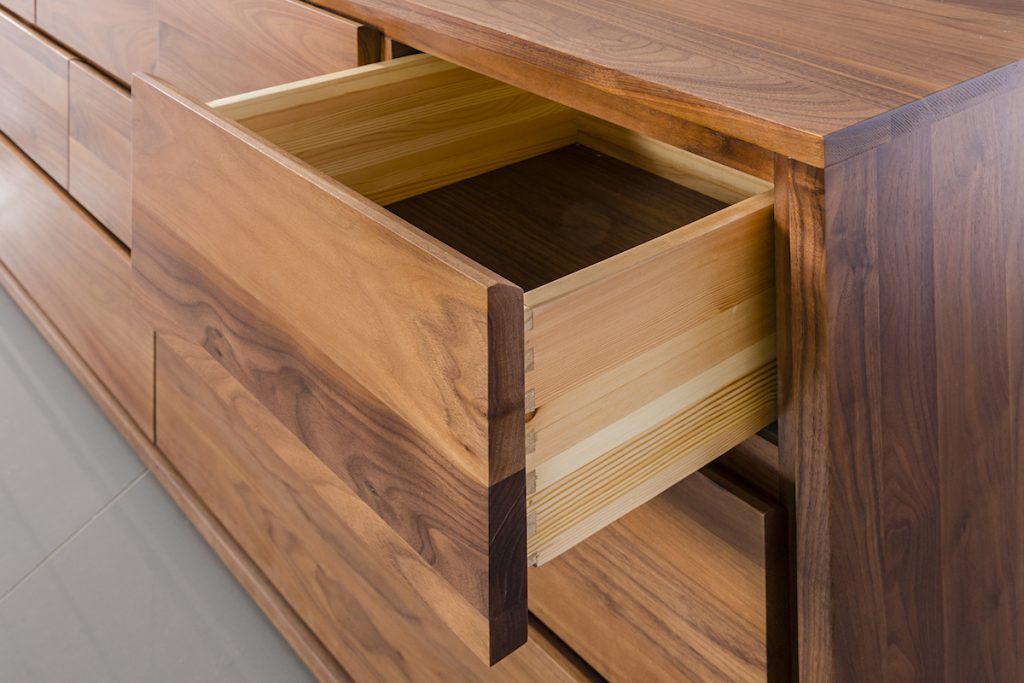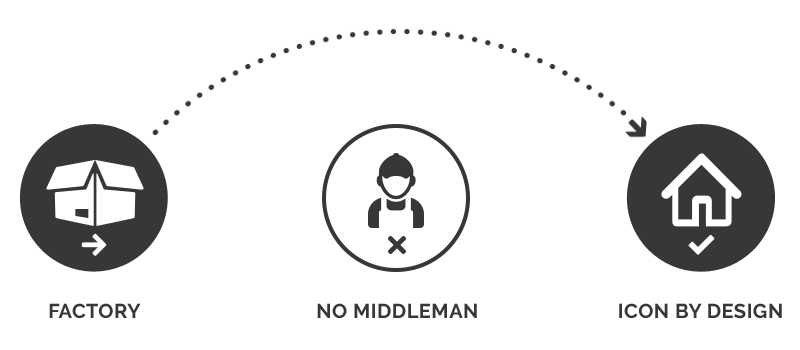Timeless Design: Part III – The Burberry Trench

In the first two parts of this Timeless Design series, we looked at the integral roles of practicality and simplicity as key elements of any design wanting to stand the test of time. Using the Anglepoise Lamp as an example of the importance of practicality in timeless design, and the iPod as an iconic product that demonstrated the value of simplicity, we explored the lasting effects on society these designs have had, and what lessons they teach us about designing for longevity. In Part III, we look at the role of craftsmanship in timeless design; the way a product must be built or put-together to physically allow it to withstand years of use. Using the example of Burberry’s instantly recognisable trench coat, we’ll learn the lengths that brands must go to in order to become renowned for quality and craftsmanship.

Much like the great pavlova debate, no one can quite agree on who first invented the trench coat. Emerging around the turn of the 20th century, both Aquascutum and Burberry lay claim to the design, primarily produced for military usage. Whoever was indeed the first, it’s Burberry’s brand which has become undeniably associated with the coat:
“Mention Burberry and the image of a beige trench coat comes to mind. In fact, just saying trench coat evokes images of the quintessentially British brand.”
Thomas Burberry, who founded the brand in the middle of the century prior, invented a revolutionary fabric called garbadine, a method of weaving wool or cotton which allows water to run off – essentially rendering it waterproof. Prior to his invention, waterproofing garments was achieved by waxing, which weighed down the fabric and allowed for little physical movement, or aeration. Burberry’s fabric was lightweight, hard-wearing, water-resistant, and breathable – most importantly, it kept the wearer warm (it was chosen by Roald Amundsen for his 1911 expedition to the South Pole). Starting life as the ‘Tielocken’ (Burberry’s patented 1912 design), it became known as the ‘trench coat’ from its popularity with officers stationed in the trenches in WWI. As a practical garment, it was second-to-none; each feature of the coat had been designed for a specific military purpose:
“…the epaulettes were used to display the rank of the officers, while the gun flap, buttoned at the chest, gave the area additional protection when the soldiers were in action. The storm shield, the covering on the upper back of the coat, was added to ensure that rain ran cleanly off the garment to keep the wearer dry. A belt was added so that the coat could be tightened at the waist for further protection against the weather, while the metal D-rings were a place to attach military tools. Finally, the back pleat of the coat was designed to expand when an officer was running or on horseback, to ease his movement.”

Despite the Great War ending, the popularity of Burberry’s trench coat didn’t wane. The checkered tartan that has become associated with the brand started lining the coats in the 1920s. In the decades that followed, the brand demonstrated the adaptability of the design by advertising the coats as flying jackets, sportswear, dog-walking coats, business coats, which has allowed the coat to evolve into one of fashion’s “wardrobe staples”. In an interview with Mr Porter, Christopher Bailey (Burberry’s Chief Creative Officer from 2001, he steps down in March next year), he accounts for this adaptability as key to the coat’s popularity:
“Everyone finds their own way of wearing their trench coat. You can wear it a little bit more formal, or you can wear it with jeans and a t-shirt. I love it when the collar is up but I also love it when you see formal City guys wearing it all completely fastened up and buckled.”
So what does Burberry’s trench coat owe it’s longevity to? Over 100 years after the design was first released, the coats are still made in the Northern English town of Castleford, by experts who combine traditional techniques with modern technology. Each trench coat takes approximately three weeks to make, with over a hundred skilled processes completed to ensure the quality and unique appearance of every coat. Indeed, the quality of the stitching is often cited as one of the most beautiful displays of craftsmanship in Burberry coats; the cuff straps and belts are stitched so that their edges lie flat, while the collar is manually stitched to ensure it sits perfectly on the neck – using a technique that takes a year to master. The lining of the coat is cut to ensure that the iconic checkered tartan is symmetrical and unbroken; while the lines in the tartan featured on the underside of the collar must meet the precise 45 degree standards. Even the shade of beige is strictly controlled. As a brand that embodies the spirit of British craftsmanship, Burberry has embraced artisan techniques as part of their designs – most recently taking an exhibition to Singapore entitled “Tales of a Trench Coat”, where they displayed the various tools and techniques they use to create the iconic garment.

Our Tobias 9 Drawer Chest in Solid Walnut features dovetailed joins in its hand-finished design.
Craftsmanship has been key to Icon By Design even before its conception. As a father-son business, our founders are fourth-generation woodworkers and craftsmen, with an ingrained appreciation for the properties that solid woods lend to furniture design. Using sustainably-sourced timbers from FSC-certified forests in America, we produce designs that feature construction techniques used by carpenters, joiners, and woodworkers for centuries. We reject the disposable society, instead focusing on creating timeless pieces that can be enjoyed for generations. This is only physically possible through craftsmanship. So, while practicality and simplicity in design are important in any design, it’s craftsmanship that will allow a product to physically stand the tests of time. In Part IV, we’ll discuss the final element that must be present in timeless design – an element that stirs the imagination, and allows a product to connect with its user on an emotional level. You might say this is where the magic happens…
Sources:
https://www.thestar.com.my/lifestyle/women/fashion/2014/04/23/evolution-of-burberrys-iconic-trench-coat/
https://www.harrods.com/en-gb/style-notes/fashion/the-details/the-history-of-the-burberry-trench-coat
https://www.mrporter.com/journal/journal_issue35/3
Recent Posts
-
1
-
2
-
3
-
4
-
5
-
6
-
7
-
8
-
9
-
10






 1300 715 719
1300 715 719 Showrooms
Showrooms





















